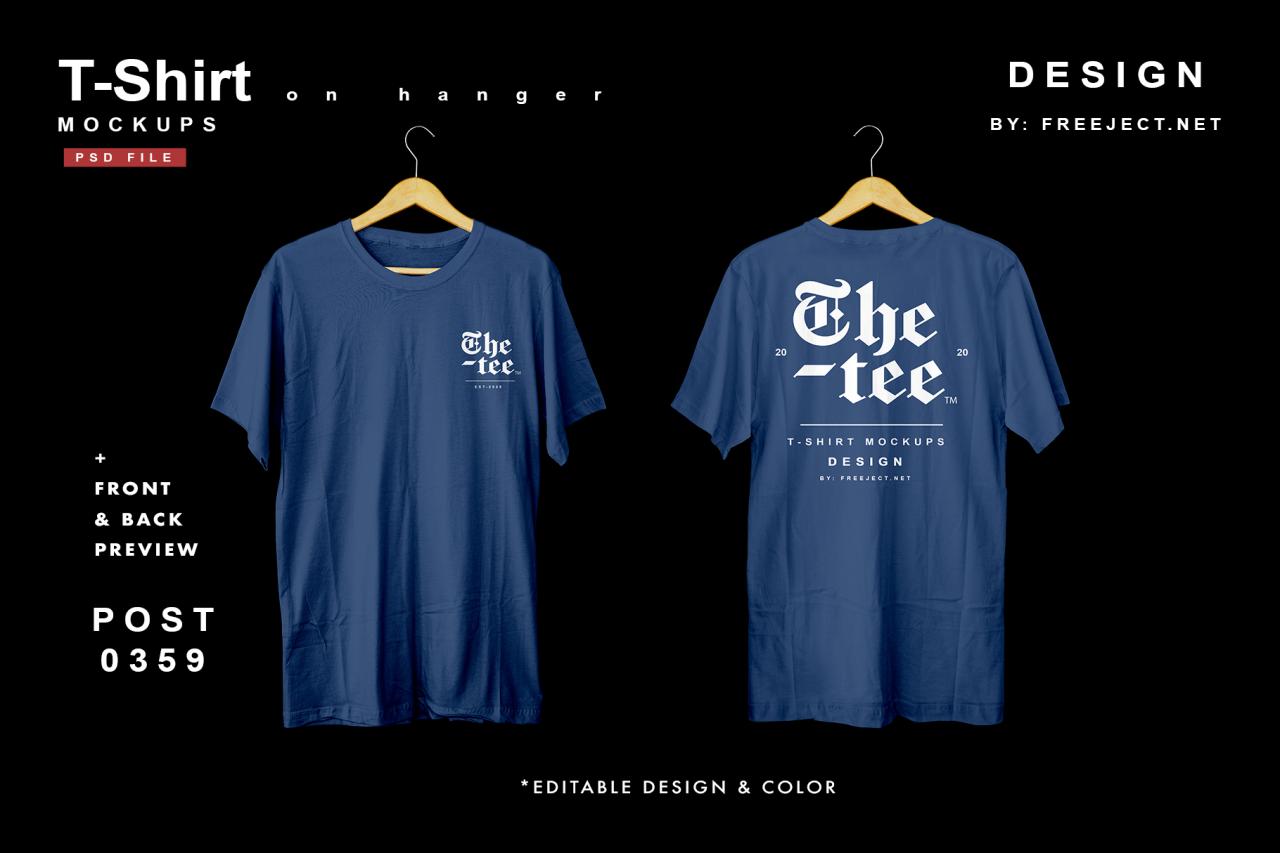
T-Shirt Photoshop: A Comprehensive Guide to Designing Custom Apparel
Introduction
The advent of digital design tools has revolutionized the way we create and customize clothing. Among these tools, Photoshop stands out as a versatile and powerful software for designing T-shirts with intricate graphics, text, and effects. Whether you’re a budding entrepreneur or a creative enthusiast, mastering T-shirt Photoshop can empower you to produce unique and eye-catching apparel.
Essential Photoshop Tools for T-Shirt Design
- Layer Panel: Manage multiple layers of design elements, allowing for non-destructive editing and easy adjustments.
- Selection Tools: Select specific areas or objects within the design, allowing for precise manipulation and editing.
- Type Tool: Add text to your designs, customize fonts, sizes, and styles.
- Shape Tools: Create geometric shapes and complex vector paths to enhance your designs.
- Adjustment Layers: Non-destructively adjust the brightness, contrast, hue, and saturation of colors and lighting.
- Blending Modes: Combine different layers using blending modes to create unique effects, such as overlap, transparency, and shadows.
- Filters: Apply artistic and photographic effects to your designs, including textures, blurs, and distortions.
Creating a Custom T-Shirt Design in Photoshop
1. Set Up the Canvas
- Create a new document in Photoshop with the desired dimensions for your T-shirt design.
- Choose a resolution of at least 300 dpi to ensure high-quality printing.
- Set the background color to white or a neutral shade that won’t interfere with your design.
2. Design the Front
- Import your desired graphics, logos, or images into Photoshop.
- Use the Selection Tools to isolate specific elements and position them on the T-shirt template.
- Add text using the Type Tool, customizing the font, size, and color.
- Experiment with Shape Tools to create additional design elements or enhance existing ones.
3. Add Effects and Adjustments
- Use Adjustment Layers to fine-tune the contrast, brightness, and color balance of your design.
- Apply Filters to add artistic or photographic effects, such as textures, drop shadows, or lighting effects.
- Blending Modes can be used to create unique effects, such as blending layers with different opacities or overlaying colors.
4. Design the Back (Optional)
- If desired, repeat the process for the back of the T-shirt, creating a design that complements the front.
- Alternatively, you can leave the back plain or add a simple text or logo.
5. Save and Export
- Save your Photoshop file as a high-resolution PNG or TIFF file for professional printing.
- For screen printing, save the design as a black-and-white bitmap image with a transparent background.
- Ensure that the final design meets the requirements of your printing provider.
Advanced T-Shirt Photoshop Techniques
- Mockups: Use mockups to visualize your design on a realistic T-shirt template.
- Vector Graphics: Create scalable and resolution-independent graphics using vector shapes and paths.
- Halftone Effects: Simulate the appearance of printed dots and create vintage or retro designs.
- Distress and Texturing: Add realistic wear and tear to your designs using textures and effects.
- Pattern Creation: Develop seamless patterns or repeating designs for unique and eye-catching T-shirts.
Frequently Asked Questions (FAQ)
Q: What are the best file formats for T-shirt printing?
A: High-resolution PNG or TIFF files are suitable for professional printing. For screen printing, black-and-white bitmap images with transparent backgrounds are required.
Q: Can I use copyrighted images in my T-shirt designs?
A: No, it is illegal to use copyrighted materials without the explicit permission of the copyright holder. Ensure that you have the necessary rights or licenses to use any images or graphics in your designs.
Q: How can I achieve vibrant colors on my T-shirts?
A: Use high-quality inks and papers with good color reproduction capabilities. Consider using CMYK color mode for print-ready designs.
Q: What software alternatives can I use for T-shirt design?
A: Inkscape (free, open-source vector graphics editor), GIMP (free, open-source image editor), and Illustrator (commercial vector design software) are popular alternatives to Photoshop.
Q: Where can I find inspiration and design ideas for T-shirts?
A: Explore online design platforms like Behance, Dribbble, and Pinterest. Visit T-shirt design websites and marketplaces for trending designs and styles.
Conclusion
Mastering T-shirt Photoshop empowers you to unleash your creativity and produce custom apparel that reflects your unique style and vision. By utilizing the essential tools and techniques outlined in this guide, you can design professional-looking T-shirts that stand out from the crowd. With dedication and practice, you can transform your T-shirt designs into wearable works of art.






